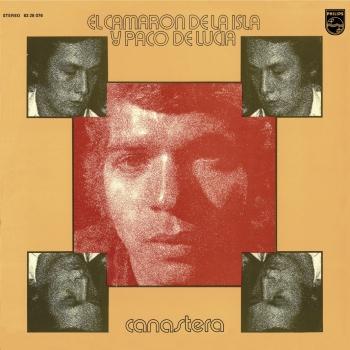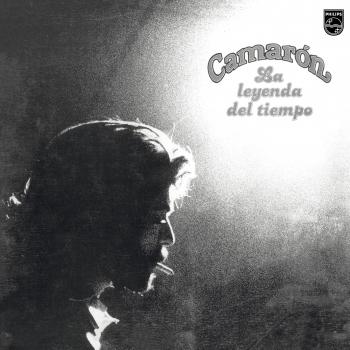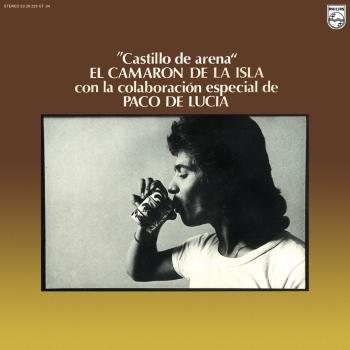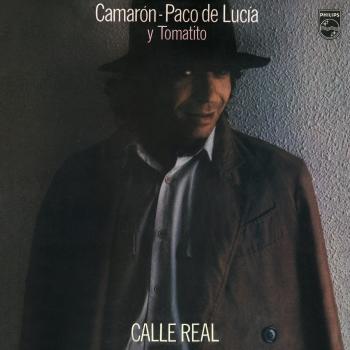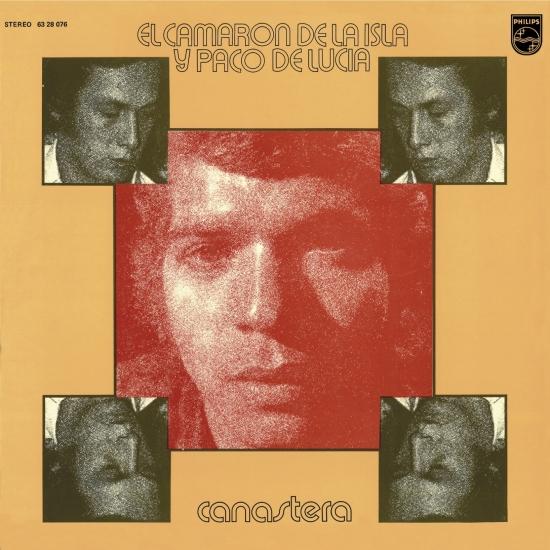
Canastera (Remastered) Camarón De La Isla
Album info
Album-Release:
2018
HRA-Release:
30.11.2018
Album including Album cover
I`m sorry!
Dear HIGHRESAUDIO Visitor,
due to territorial constraints and also different releases dates in each country you currently can`t purchase this album. We are updating our release dates twice a week. So, please feel free to check from time-to-time, if the album is available for your country.
We suggest, that you bookmark the album and use our Short List function.
Thank you for your understanding and patience.
Yours sincerely, HIGHRESAUDIO
- 1Canastera03:50
- 2No Dudes De La Nobleza (Fandangos)03:43
- 3Que A Mí Me Vio De "Naser" (Alegrías)02:18
- 4Calabosito Oscuro (Seguiriyas)03:27
- 5No Quisiera Que Te Fueras (Bulerías)03:27
- 6Las Campanas También Lloran (Tientos)03:26
- 7Una Gitana Morena (Bulerías)03:30
- 8La Vi Por Primera Vez (Fandangos)03:14
- 9Estás Ciego "Pa" No Ver (Soleá)03:36
- 10Soñaba Siempre Contigo (Cartagenera)01:42
- 11Y Me Gustan Las Mujeres (Tangos)03:49
- 12Dios Te Dara A Ti La Gloria (Verdiales)01:59
Info for Canastera (Remastered)
"Canastera" seems to show the most experimental sides of these two flamenco virtuosos. It coincided temporarily with the flamenco 'duende' of Paco de Lucía (1972) y reflects the sound of that time with echoes and never effects. It starts with an attempt at creating Cante, 'La Canastera', with a chorus that brings back the memories of the copla 'Ojos Verdes', originally written by Valverde, León y Quiroga, based on the variations that Paco de Lucía was applying to the Rondeña way of playing of Ramón Montoya. The whole CD breathes thanks to the innovations put forward by Paco de Lucía in songs like 'El Duende', and he even advances 'falsetas' of his next record 'Fuente y Caudal', in the song 'Soleares y Cartagena'. There are also slow 'tangos por granaínas', some verdiales started as 'falseta de soleares' but played with a bulería flair, an unusual bulería anyway without clapping where Paco performs several falsetas from 'Punta del faro', proposing a wide array of round offs to the cante, which became a popular model for accompanying artists and the source of Tomatito's style for this particular 'palo'. What is interesting are the original answers to Camarón, unusual and different to whatever he had recorded, and above all, the frequent use of 'paso' chords (chords in seventh minor) to move from one grade to another in the Anadalucian cadences; and Camarón cante that grows in character while developing part of the traditional melodies on top of that, searching for the chord dissonance marked by the guitar, something that will produce certain feeling of 'out of tune' for an ear educated in the traditional way: Camarón de la Isla style was starting to bloom.
Camaron De La Isla, vocals
Paco De Lucia, guitar
Digitally remastered
No biography found.
This album contains no booklet.













